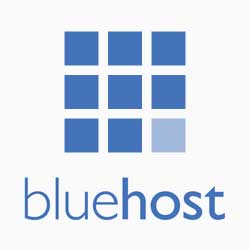10 Ways to Use ChatGPT to Improve Your Copy
Here are 10 powerful ways to use ChatGPT to improve your copy:
Brainstorm ideas & angles
Spark creativity by prompting ChatGPT for headlines, campaign themes, blog topics, or email hooks.
Build outlines & structure
Generate content frameworks—blog outlines, landing page flow, email sequences—to overcome blank-page paralysis.
Write headline/CTA variations
Ask for multiple headline or CTA options. Pick the best elements and tailor them to your brand (megankachigan.com).
Draft first-pass copy
Let ChatGPT create rough intros, product descriptions, or sections—then refine manually for authenticity.
Edit for tone, clarity & brevity
Paste your copy and ask it to polish tone, improve flow, shorten sentences, or correct grammar (carminemastropierro.com).
Use copywriting frameworks
Employ formulas like PAS, AIDA, BAB, or features–advantages–benefits by specifying them in your prompt.
Define or research your audience
Ask ChatGPT for target audience insights, pain points, and messaging angles based on product details (nichepursuits.com).
SEO keyword & meta description help
Generate keyword ideas, integrate them into natural copy, and write meta descriptions under character limits.
Summarize and repurpose content
Use ChatGPT to condense long-form content into bullet points or transform blog posts into social captions. Great for repackaging (zapier.com).
Generate synonyms & fresh phrasing
Improve variety by asking for alternative words, idioms, or tone conversions for overused phrases.
Best Practices
- Craft clear, detailed prompts for targeted, on-brand output.
- Iterate & refine: ask for revisions until it nails the style.
- Always add your human polish—ChatGPT is a starting point, not a final replacement.



Comments